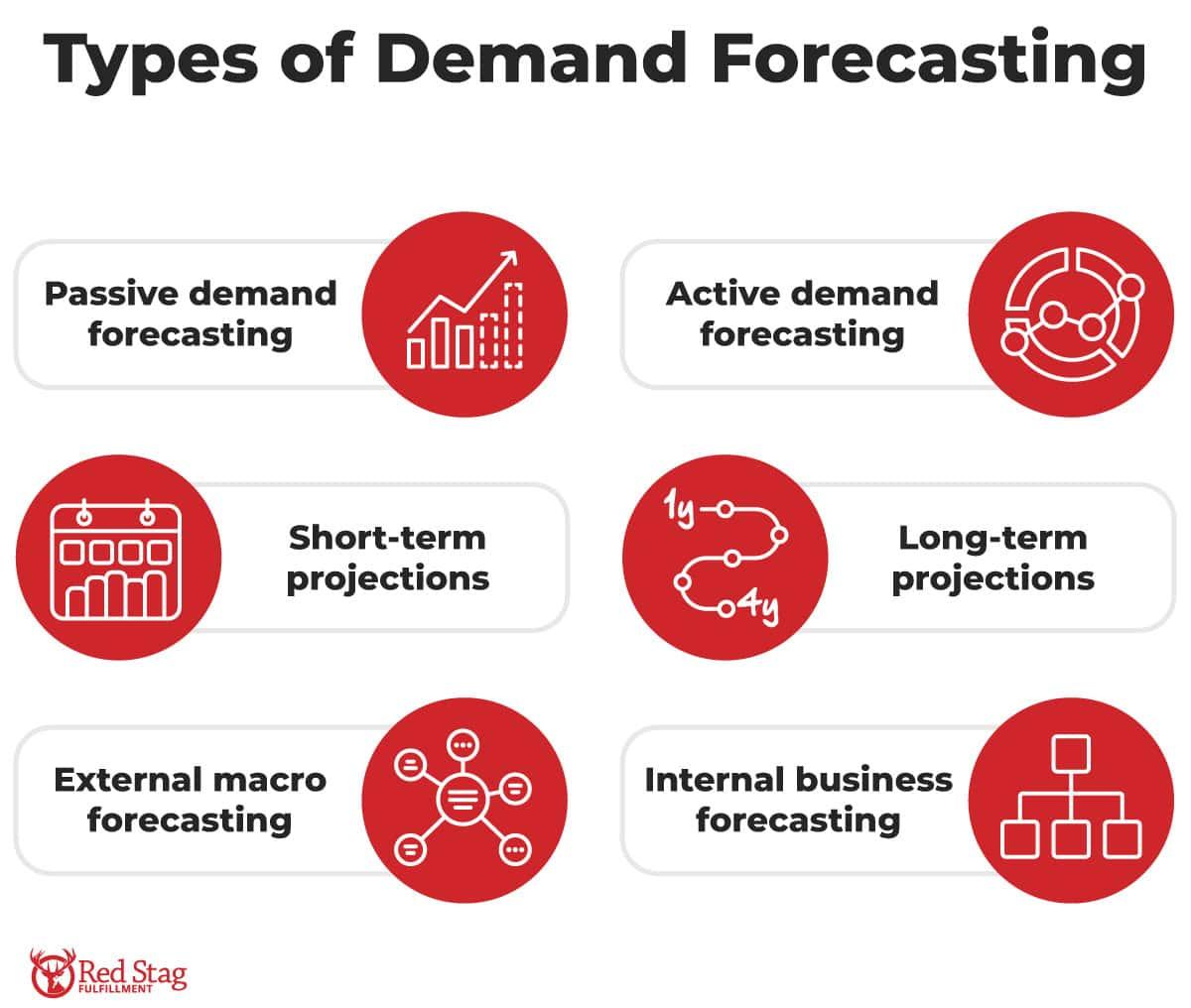In the world of logistics, transport, and shipping, the term “abnormal demand” can send tremors through even the most seasoned professionals. This unpredictable and volatile phenomenon can disrupt supply chains, strain resources, and leave companies scrambling to keep up with fluctuating customer demands. In this article, we will delve into the intricate world of abnormal demand logistics and explore the strategies and solutions that can help companies navigate this challenging terrain with finesse and resilience.
Challenges of Abnormal Demand in Logistics
One of the main challenges faced in logistics when dealing with abnormal demand is the inconsistency in supply chain management. When sudden spikes or drops in demand occur, it can be difficult for logistics companies to adjust their operations accordingly. This can lead to delays in delivery, excess inventory, and increased costs.
Another challenge is the strain on transportation and shipping networks. Abnormal demand can overload trucks, ships, and planes, leading to congestion and delays in transit. This can impact the overall efficiency of the supply chain and may result in customer dissatisfaction. Finding ways to optimize transportation routes and adjust schedules is crucial in managing abnormal demand effectively. Adaptability, communication, and strategic planning are key in overcoming these challenges in abnormal demand logistics.

Strategies for Managing Transportation Issues
Utilizing technology:
One strategy for managing transportation issues is to leverage technology to optimize routes, track shipments in real-time, and improve communication between all parties involved. Using GPS tracking systems, transportation management software, and predictive analytics can help identify potential disruptions and allow for proactive problem-solving.
Diversifying transportation modes:
Another effective strategy is to diversify transportation modes to ensure flexibility and reliability in the face of unexpected demand fluctuations. By incorporating a mix of trucking, rail, air, and ocean shipping, companies can better navigate supply chain disruptions and meet customer expectations in a timely manner.

Innovative Solutions for Shipping Problems
In today’s fast-paced shipping industry, it is crucial to stay ahead of the curve when it comes to handling abnormal demand. One innovative solution that companies are turning to is the implementation of real-time data analytics to predict fluctuations in demand and adjust transportation plans accordingly. By analyzing data patterns, companies can anticipate spikes in demand and optimize their shipping routes and schedules to meet customer needs.
Another cutting-edge solution for handling abnormal demand is the use of dynamic pricing strategies in shipping. By adjusting prices based on demand levels, companies can incentivize customers to choose alternative shipping options during peak times, helping to reduce strain on logistics networks. This not only helps to manage abnormal demand more efficiently but also creates a more responsive and adaptable shipping system overall.

Key Recommendations for Handling Abnormal Demand
When facing abnormal demand, it is crucial to have a solid plan in place to effectively manage the situation. Here are some key recommendations to help handle abnormal demand:
- Communication: Keep open lines of communication with suppliers, manufacturers, and customers to ensure everyone is informed and on the same page.
- Capacity Planning: Assess your current capacity and adjust as needed to meet increased demand, whether it’s through additional resources or outsourcing.
- Flexible Scheduling: Be prepared to adjust schedules and timelines to accommodate abnormal demand fluctuations.
Additionally, consider implementing inventory management systems to help track stock levels accurately and collaborating with key stakeholders to develop contingency plans for future abnormal demand scenarios. By being proactive and prepared, you can navigate through abnormal demand challenges with ease.
Insights and Conclusions
As we’ve explored the intricacies of abnormal demand logistics in the transport and shipping industry, it is clear that adaptability and innovation are key factors in successfully navigating unpredictable market conditions. With a deeper understanding of the challenges and solutions involved in managing abnormal demand, businesses can better position themselves to meet the demands of a dynamic supply chain landscape. Embracing flexibility and technological advancements will be crucial in meeting the evolving needs of customers and staying ahead of the competition. Stay tuned for more insights on how to thrive in the ever-changing world of transport and shipping.
